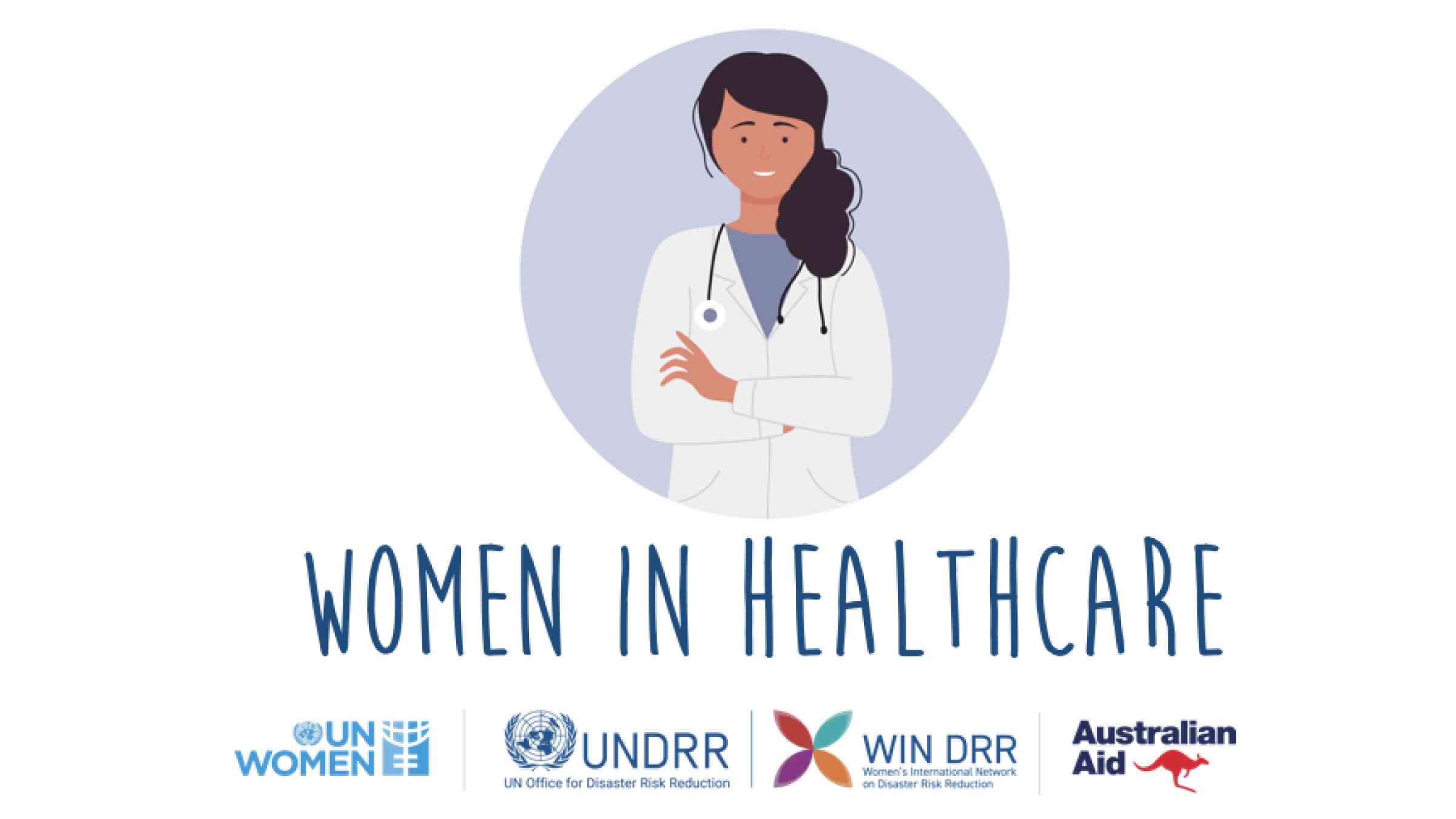Exactly How Healthcare RCM Solutions Streamline Invoicing and Collections
Exactly How Healthcare RCM Solutions Streamline Invoicing and Collections
Blog Article
A Comprehensive Guide on Just How Medical Care RCM Functions to Enhance Invoicing and Collections
Browsing the complexities of medical care earnings cycle monitoring (RCM) is crucial for suppliers aiming to enhance their payment and collections procedures. The guide unloads the complexities of RCM, from patient enrollment to receivables monitoring, providing insights into maximizing each action. Integrating innovative technology and standard procedures can significantly decrease case rejections and speed up payment cycles. Yet, the real obstacle depends on seamlessly combining these components to enhance capital. As we explore the core parts and methods that drive efficiency, one concern continues to be: exactly how can healthcare entities finest setting themselves to grow economically in an ever-evolving market?
Recognizing Revenue Cycle Management
Understanding the ins and outs of Earnings Cycle Monitoring (RCM) is crucial for healthcare organizations intending to enhance their monetary efficiency. RCM is a crucial administrative function that includes the whole financial process of client treatment, from the first consultation setting to the final repayment of the equilibrium. It is an intricate procedure made to identify, collect, and take care of the profits from the services provided to patients. Reliable RCM guarantees that doctor get prompt and exact payments, lessening the danger of profits loss and boosting capital.
The RCM process starts when a person timetables a consultation and extends via the person's treatment trip, consisting of invoicing and collections. A crucial objective is to decrease the time in between obtaining and giving a solution payment, hence boosting the organization's monetary health. RCM entails various features such as patient enrollment, insurance policy verification, cost capture, coding, declares entry, payment posting, and dealing with denials and allures.
Trick Parts of RCM
In the world of Profits Cycle Administration (RCM), recognizing its vital components is essential to attaining monetary effectiveness within medical care organizations. RCM is a detailed procedure that incorporates various stages, each critical to making certain efficient invoicing and collections. The main elements consist of individual enrollment, insurance confirmation, fee capture, coding, claim submission, repayment publishing, and balance due administration.


As soon as coded, cases are submitted to payers, where accuracy is vital to stay clear of rejections or delays - Healthcare RCM. Payment publishing includes videotaping the received payments, which enables the reconciliation of accounts. Finally, accounts receivable monitoring concentrates on monitoring and dealing with unsettled cases, guaranteeing prompt follow-up and resolution
Each component of RCM is interconnected, and inefficiencies in any type of part can disrupt the whole cycle. For that reason, grasping these elements is essential for doctor to optimize revenue and improve their monetary health and wellness.
Methods for Reliable Payment

Systematizing payment procedures across the organization is an additional essential method. Establishing clear guidelines for paperwork, coding, and submission helps keep uniformity and conformity with regulative needs. Educating team routinely on these procedures makes certain every person is updated with the most up to date modifications in invoicing codes and payer policies.
Exact fee capture is essential in avoiding income leak. Implementing regular audits and surveillance systems permits for the recognition and adjustment of discrepancies prior to they impact profits. In addition, preserving open lines of interaction with payers assists to quickly solve any type of disagreements or misunderstandings that might emerge.

Last but not least, interesting clients early in the invoicing process by providing clear price quotes and academic products about their economic obligations can dramatically reduce confusion and boost settlement timeliness. These approaches jointly add to a much more monetarily healthy and balanced and effective payment system.
Enhancing Collections Procedures
Given the complexities of medical billing and the range of payer requirements, improving the collections procedure involves implementing calculated measures that ensure prompt and exact settlement of check out here solutions made. Automation devices can assist in tracking case conditions, sending out timely pointers to people, and managing denials much more effectively.
Clear and clear client interactions are crucial. Offering detailed explanations of fees and offering adaptable repayment strategies can enhance individual contentment and punctual repayments.
Regular audits of the collections procedure need to be performed to identify areas for improvement and guarantee compliance with guidelines. By assessing data, medical care organizations can recognize patterns, expect possible problems, and adapt strategies as necessary (Healthcare RCM). Ultimately, a well-enhanced collections process not only supports monetary health however also adds to an extra seamless experience for patients and team alike
Optimizing Earnings Streams
Building upon the foundation of a strong collections process, healthcare organizations can better reinforce their financial security by strategically maximizing earnings streams. This involves a multi-faceted technique, beginning with a thorough analysis of existing revenue sources to recognize inadequacies and areas for growth. Utilizing advanced information analytics devices makes it possible for organizations to gain understandings right into payer mix, individual demographics, and solution application patterns, enabling for data-driven decisions that boost revenue capture.
Implementing automated payment systems can considerably decrease mistakes and expedite cases processing, making sure that earnings is collected extra efficiently. Furthermore, maximizing payer contracts with routine settlements can boost compensation prices and terms, straight impacting the bottom line. Branching out solution offerings, such as incorporating telehealth or health programs, can also bring in a more comprehensive client base, therefore increasing revenue possibility.
One more vital component is improving individual interaction and fulfillment, as completely satisfied clients are more probable to follow treatment strategies and make prompt settlements. Offering versatile settlement choices and transparent invoicing practices can enhance collections and foster client commitment. Healthcare RCM. By taking on these approaches, health care companies can produce a more resistant financial structure, guaranteeing continual development and stability in an ever-changing sector landscape
Verdict
Finally, healthcare Revenue Cycle Management (RCM) plays a vital role in maximizing invoicing and collections processes by incorporating essential parts such as individual registration, insurance confirmation, charge capture, coding, claims submission, and receivable management. By using advanced modern technology, systematizing treatments, and fostering client interaction, doctor can considerably reduce claim rejections, increase payment cycles, and boost cash money circulation. This extensive method to RCM ultimately leads to boosted financial visit site performance and sustainability for medical care organizations.
The RCM process begins when an individual schedules an appointment and expands with the person's treatment journey, including billing and collections.One more vital component is enhancing client involvement and contentment, as completely see this page satisfied individuals are extra most likely to adhere to therapy plans and make timely payments. Providing adaptable repayment options and transparent billing practices can boost collections and foster client loyalty.In verdict, health care Revenue Cycle Monitoring (RCM) plays a crucial duty in maximizing billing and collections procedures by integrating key parts such as individual enrollment, insurance policy confirmation, fee capture, coding, claims entry, and accounts receivable management. By employing innovative technology, systematizing procedures, and promoting individual involvement, health care suppliers can considerably lower claim rejections, accelerate payment cycles, and enhance cash money circulation.
Report this page